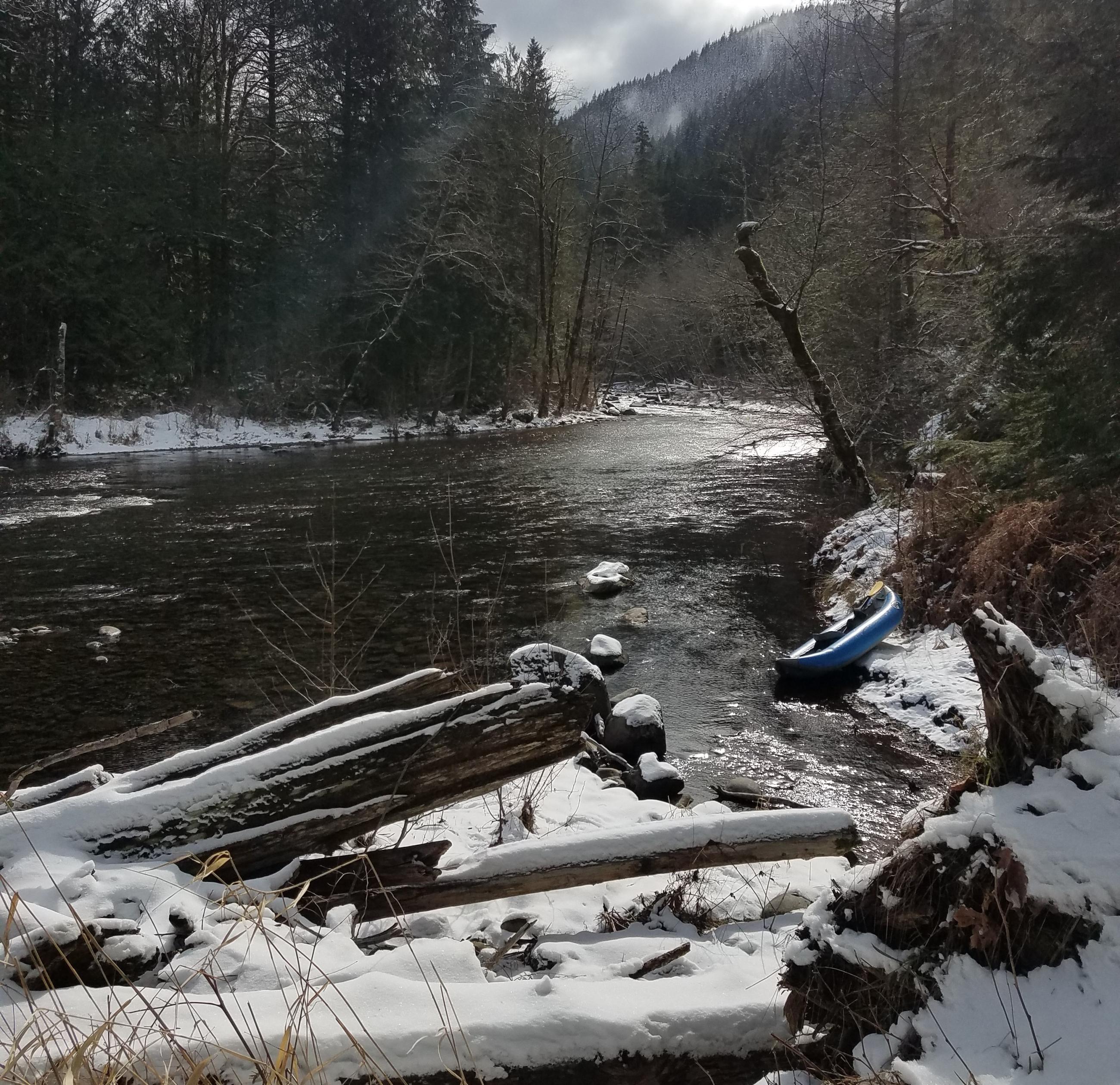Project Objectives
The OASIS project monitors the status and trends of naturally produced Oregon coastal and lower Columbia River salmonid stocks. The project has four target species: Chinook, chum, coho, and steelhead. Additionally, the program collects information on spawning pacific lamprey. Key metrics include abundance; spatial distribution; temporal distribution; and proportion of hatchery fish within the natural spawning population.
Image

-
October through January OASIS performs spawning ground surveys for Chinook, chum, and coho salmon. Surveys are conducted at least once every 10 days.
-
February through June OASIS conducts spawning ground surveys for Winter Steelhead and Pacific Lamprey. Surveys are conducted at least once every 14 days.
-
February through September OASIS performs spawning survey site verification and setup.
-
Survey sites include “standard” surveys and GRTS surveys. Standard survey locations were selected, many in the 1950’s, for ease of access and historically high numbers of spawning anadromous fish.
-
Depending on the size of the stream being surveyed, surveyors walk upstream or boat downstream while collecting an assortment of field data.
Image

Data Collected on Surveys:
-
Number of redds present.
-
Live and dead fish counts (identified by species and sex).
-
Carcass length (MEPS mm).
-
Scale samples.
-
Fin clips and/or tag presence.
Metrics Monitored:
-
Abundance.
Geographic scale of abundance estimate varies by species, but the target is a point estimate with a confidence interval of +/- 30%.
-
Spatial distribution.
-
Temporal distribution.
-
Proportion of hatchery fish (pHOS) in the naturally spawning population.